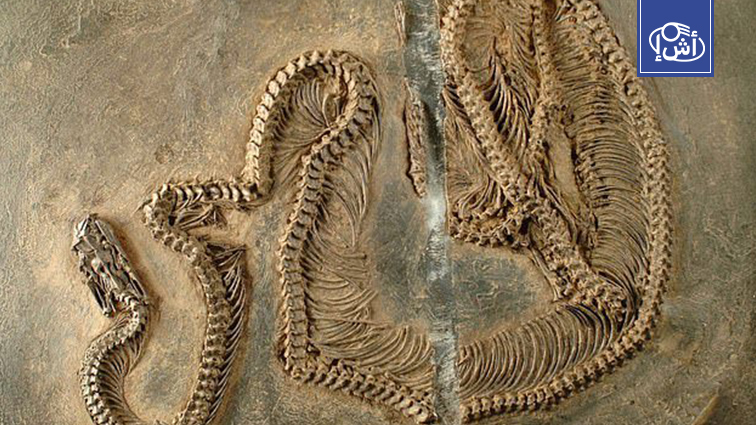Paleontologists in India have discovered the remains of a giant snake believed to be the largest snake in Earth’s history, reaching a length of about 15 meters, making it the largest snake of the Cretaceous period.
This discovery indicates that giant snakes from the family “Madzuid” originated in the Indian subcontinent before merging with Asia, and later spread around the world, and penetrated into North Africa, where reptiles of this family were first found.
A team of Indian paleontologists, led by Sunil Bajpai, a professor at the Indian Institute of Technology, discovered the remains of this ancient snake at the Panadaru Lignite mine in the western Indian state of Gujarat, and found thirty very large vertebrae belonging to this giant snake.
The giant snake was named “Vasuki indicus”, a name inspired by the huge snake “Vasuki” in Indian mythology and is supposed to be up to 15 meters long.
Analysis of the structure of its vertebrae indicates that it was larger than the Madzuid in Madagascar and the Egyptian Gigantovia, one of the largest reptiles belonging to the Madzuid family.
The discovery of Vasuki indicus is interesting, as it points to the possible Indian origin of many African and Asian snake species, and this fact confirms the hypothesis that Vasuki indicus lived in India before its merger with Asia (37-35 million years ago).
It is noteworthy that this family of reptiles appeared on Earth at the end of the Cretaceous period, long before the extinction of the dinosaurs, and the last reptiles became extinct, including the end of the ice age, and included a large number of giant snakes with a length of 6-8 meters, which were similar in appearance, habitat, and way of obtaining food with boas and anacondas, which suffocate their victims with the help of strong muscles.
Natural disasters in northeastern India claim 16 lives
